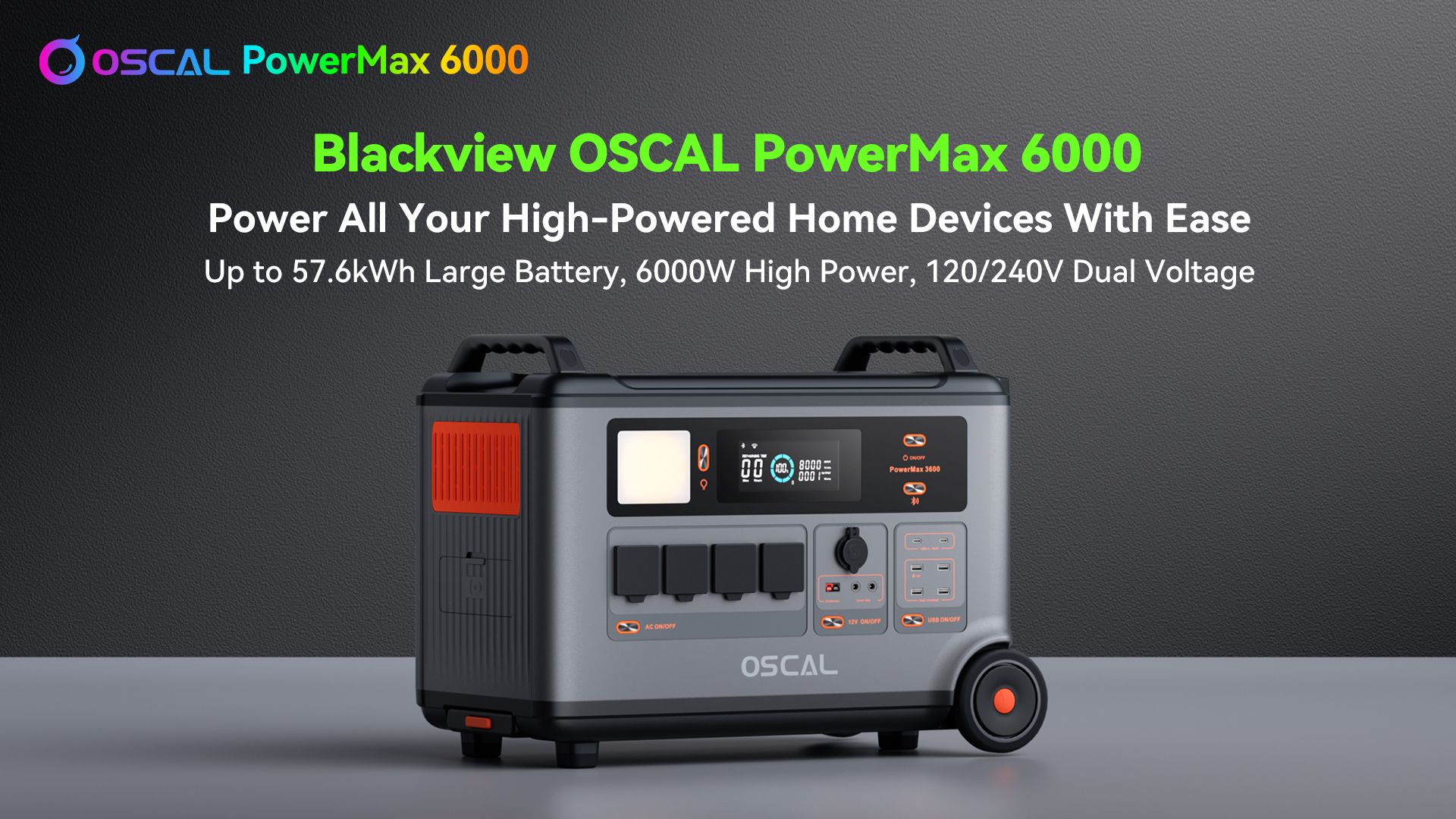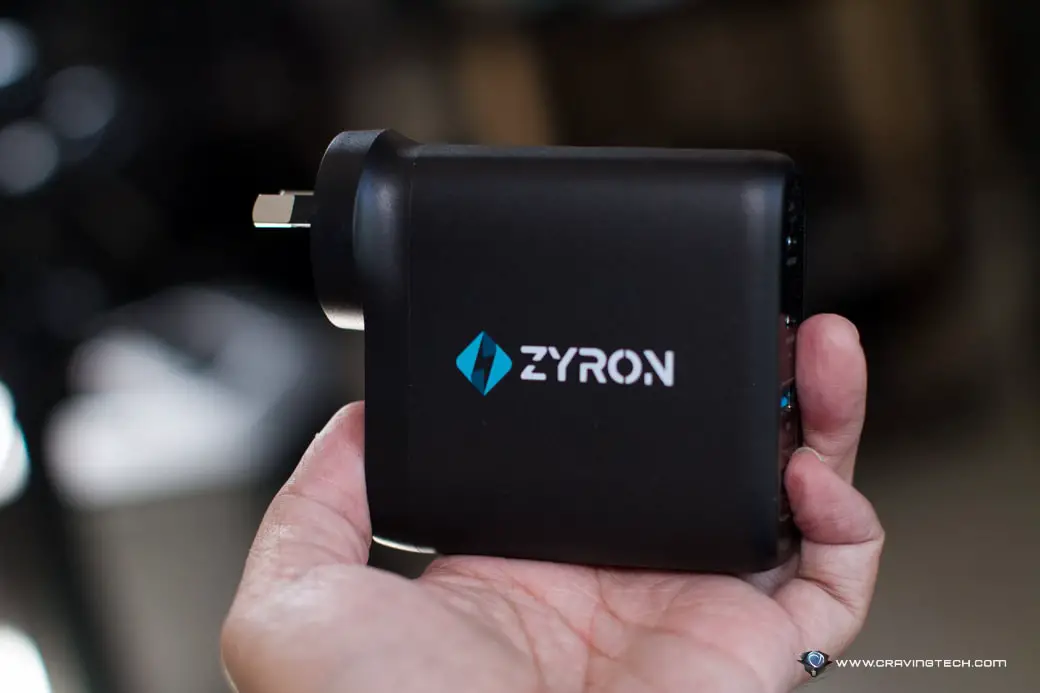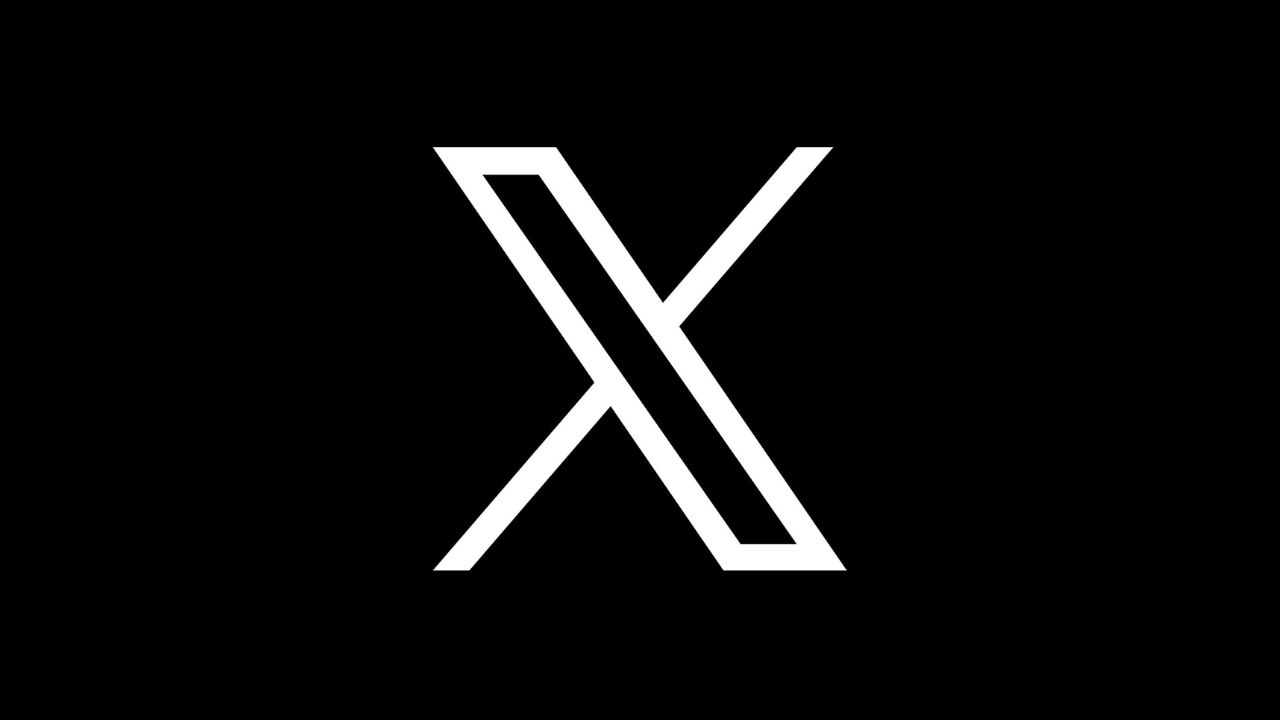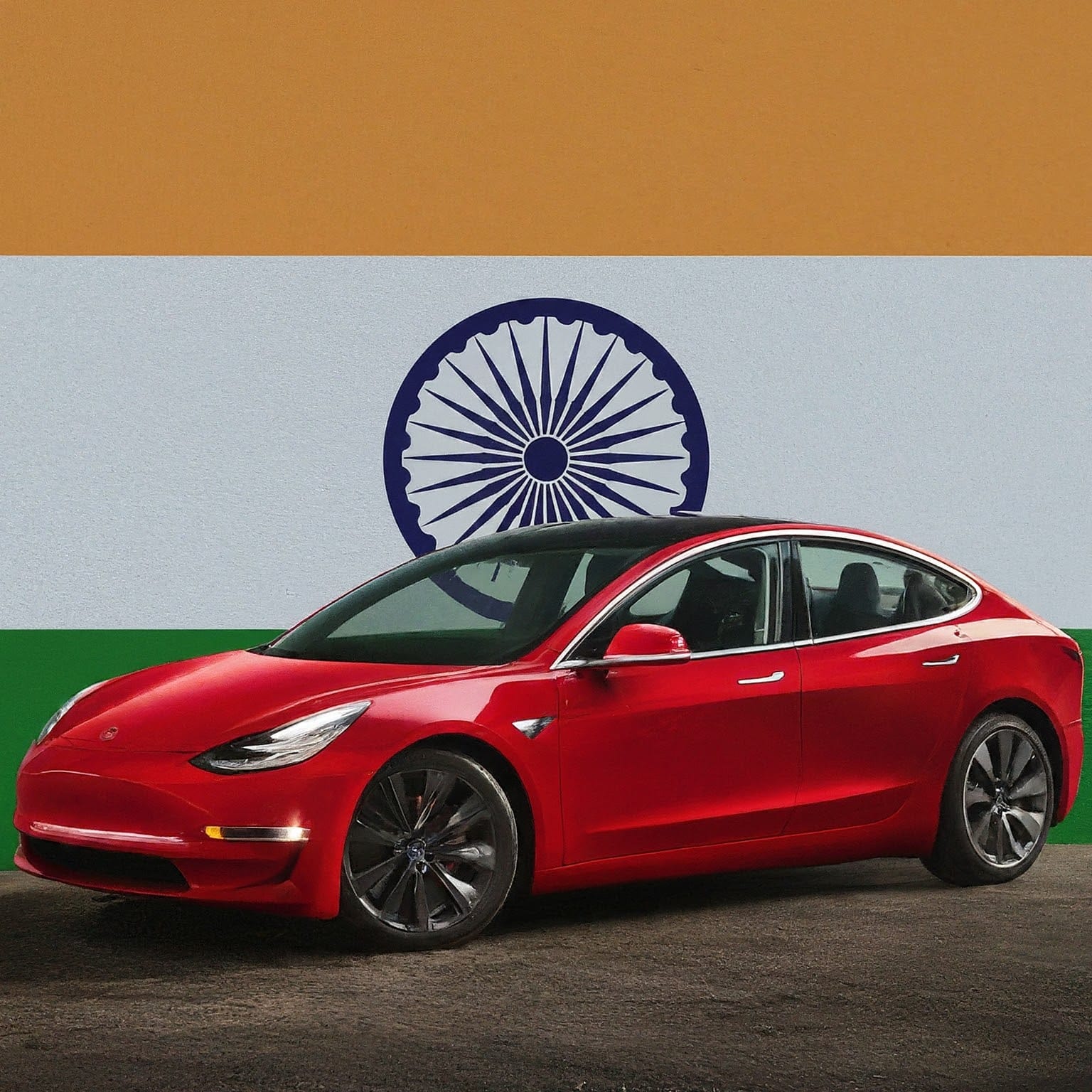
Tesla Powerwall has been one of the best home battery systems for power backup over the years. We have so far had the first Powerwall (announced in 2015), Powerwall2 (introduced in 2016), and Powerwall+ (released in 2021). Then, the Tesla Powerwall 3 has recently hit the market, featuring all the insights the engineers have gathered over the past 8 years.
If you’re a fan of tech trends, I’m sure you know Tesla Powerwall 2 has been the standard benchmark of home battery systems. So, we can expect the Tesla Powerwall 3 to become the new benchmark, with other companies copying its design. Why so?
The new Tesla Powerwall is not only more powerful on the output than its siblings – both continuous and peak power. But it also has a hybrid, all-in-one solar and battery system design, plus utilizes Lithium Ferro Phosphate (LFP) cells that are more durable and thermally stable.
Despite the many goodies, the Tesla Powerwall 3 is quite expensive to buy. Various governments, including here in Australia, have programs to support low-income homeowners who would like to install this clean energy. But even with government support, is the new Tesla Powerwall home battery worth it?
Tesla Powerwall 3 Summary Features & Specifications
Tesla Powerwall 3 officially launched here in Australia in mid-August 2024, which is a little late than US (launched in February 2024). The different release dates are no big deal, albeit there are also slight changes for Tesla Powerwall 3 Australia, as we shall see later.
| Tesla Powerwall 3 | |
| Release Date | 2024 |
| Dimensions (in inches) | 43.2 x 24.0 x 7.6 |
| Weight/ Mass | 287 lbs |
| Battery Capacity | 13.5 kWh |
| Power Output | 11.5 kW |
| Max Continuous Current | 48A |
| Max (AC) Continuous Charge Power | 20.8A / 5 kW |
| Max Charge with 3 Expansion units) | 33.3A AC / 8 kW |
| Max (Solar) STC input | 20 kW |
| Withstand Voltage (Solar) | 600V DC |
| PV (Solar) Input Voltage | 60 – 550 V DC |
| MPPTs | 6 |
| PV MPPT Voltage | 60 – 480 V DC |
| Max Load Start | 185A LRA |
| Efficiency | 96 – 97.5% |
| Power Scalability | Up to 4 Powerball 3s |
| Energy Scalability | Up to 3 DC expansion units |
| Compatible islanding | Gateway 3/ Backup Switch/ Backup Gateway 2 |
| Built-in Connectivity | Wi-Fi, Ethernet, LTE Cellular |
| Remote Interface | Tesla Mobile App |
| Operating Temperatures | –20°C (-4°F) to 50°C (122°F) |
| Build Protection | NEMA 3R (IP67 rated) |
| Warranty Support | 10 Years |
Tesla Powerwall 3 Design & Build
First, the Tesla Powerwall 3 is a hybrid power backup system, featuring a battery energy storage and solar inverter in the same unit. But even with the two-in-one design, the battery unit only measures 43.2 by 24.0 by 7.6 inches. Thus, still more compact than the Powerwall 2 (or Powerwall+).
The compact design means the 2024 Tesla Powerwall is easier to install in various locations. Its two-in-one design (with a solar inverter in the battery compartment) simplifies the setup more, as you’ll need less additional hardware.
We can’t deny the older Tesla Powerwall 2 looks very cute once installed. But the Powerwall 3 also has a neat design that you can use with indoor settings of even modern homes.
Further, the Tesla battery system has a rugged design with an enclosure rating of NEMA 3R and IP67 ingress protection. Thus, you can mount outdoors without having to worry about falling dirt, rain, or snow/ sleet.
Tesla Powerwall 3 Power Capacity
Similar to the previous Tesla home battery systems, the Powerwall 3 has an energy storage capacity of 13.5kWh. Tesla keeps using this battery capacity as it’s the average consumption for most homes during a power outage.
If your home has a higher power usage, you can couple up multiple Tesla Powerwall 3 units. But unlike Powerwall 2 that can pair up with up to ten batteries, Powerwall 3 supports up to four units. Thus, delivering up to 54 kWh total power capacity on a single phase.
Alternatively, you can pair up a third-generation Powerwall with Tesla DC Expansion battery units, which are cheaper to buy. However, the DC Expansions are cheaper as they only add the total energy capacity.
I have seen some critics criticizing Tesla for reducing the scalability of Powerwall 3 to four units instead of ten. But the truth is that you can have four Powerwall 3s, each with three DC Expansion units, to deliver 216kWh total energy capacity.
Important Note:
Sadly, Tesla Powerwall 3 is currently not backward compatible with the previous Powerwalls. In other words, owners of Powerwall 2 won’t be able to add a Powerwall 3 to their existing systems.
Nonetheless, there are speculations Tesla will be updating their Powerwalls to allow mix-matching of the Powerwall 3s and 2s.
Tesla Powerwall 3 Power Output
One of the major improvements of the 2024 Powerwall over its predecessors is the maximum power output available. The Powerwall 3 offers up to 11.5 kW continuous power output, which is more than double of what Powerwall2 offers.
A backup battery system of 11.5kW output is overkill for many households in Australia (or across the globe). But one of the ways how to charge an electric car is using a standard household outlet, where a Level 2 charger requires at least 7kW-9kW. A Level 1 EV charger usually draws as low as 1.2kW, albeit can take up to 50+ hours to reach 80% full.
So, a Tesla Powerwall 3 is worth it if you have an electric vehicle (EV) or plan on buying one soon.
If your residential power requirements are higher, you could set up multiple Powerwall 3s in parallel. For instance, two Powerwall 3s will double the power output to 23 kW, whereas four units give you 46 kW.
It’s worth noting Tesla Powerwall 3 is available in a single-phase connection (split-phase is also available, albeit only in the US). And DNSPs are against stacking up multiple Powerwall 3s as it introduces more inverter power output on a single-phase line.
So, consider setting up your home with multiple Tesla Powerwall 3s if your home has a 3-phase power connection. If you’re on a single-phase setup, pair your Powerwall 3 with DC Expansion packs. The Tesla DC Expansion packs only add your battery system with more energy capacity and no inverter output.
Important Note:
When we compare Tesla Powerwall 2 vs Powerwall 3, the latter comes in different variants based on your location. An example is where we have the version of Tesla Powerwall 3 Australia with a power output of 10.0 kW (Powerwall 3 for the UK is 11.04 kW).
Second, the 2024 Tesla Powerwall in Australia has three (3) MPPT solar inputs, whereas the US versions have six (6). Of course, the three MPPT inputs can handle high currents of up to 26A. But 13A solar panels are the most common in the US, and the reason Tesla may have opted for six low-current MPPTs.
If desired, US consumers can also connect their Tesla Powerwall 3 system with higher-current solar panels. However, the installer here will have to do some modifications by combining two MPPTs into one higher-current intake.
I should also mention Tesla Powerwall 3 has a peak power output of 30 watts (for 10 seconds) and up to 185A load start capability. Thus, can efficiently handle those powerful appliances, like clothes driers and air Conditioners, when they start up.
Tesla Powerwall 3 Power Efficiency
The new Tesla Powerwall 3 is a DC-coupled home battery system, unlike the Powerwall2 which is AC-coupled. As a DC-coupled system, the Powerwall 3 system converts the clean energy from the connected solar panels only once – as it flows from battery storage to your household appliances.
Meanwhile, the AC-coupled home battery system, like Powerwall 2, inverts the solar electricity three times – inversion when flowing from the solar panels (DC) to AC for your home appliances. Then, that AC power falls into the battery inverter that converts it back to DC for storage, and later converts to AC during retrieval.
When we consider these energy conversions taking place, the DC-coupled Tesla Powerwall 3 will be more efficient. Its single inversion means you’ll have a high roundtrip efficiency (up to 97.5%), with less energy lost during storage and retrieval. Hence, you get to enjoy more usable energy out of the stored electricity than the older Powerwall 2.
Tip: on average, there are about 3% efficiency losses in solar DC charging. As such, an AC-coupled battery system with three inversions will have a combined loss of around 9 – 10%. It is for this reason even Tesla has been marketing the second-generation Powerwall with a 90% Round Trip Efficiency.
Important Note:
One of the biggest pros of AC-coupled Tesla Powerwall 2 is that it’s compatible with any solar installation. That includes even your existing solar system with microinverters.
Meanwhile, a DC-coupled battery system, like our Tesla Powerwall 3, will not be compatible with an existing solar system directly. Instead, you’ll have to disable the solar inverter inside the Power 3, turning it into an AC-coupled battery.
And as an AC-coupled battery system, your Powerwall 3 can now work with your existing solar inverter setup.
Tesla Powerwall 3 Emergency Power Supply (EPS)
Like the previous Powerwalls, the Tesla Powerwall 3 brings reliable backup power, which switches over automatically during an outage. But for the automated backup power to work, you must set up your Powerwall 3 with a Tesla Backup Gateway 3, Gateway 2, or Switch.
- Tesla Backup Gateway 2 has been around for a while with the Powerwall 2, and you can use it with the new battery system too. Once set, it will automatically detect power outages and trigger the backup power mode seamlessly.
The Gateway 2 also supports energy metering for solar self-consumption, time-based control, and backup modes. Then, you can manage your battery energy for either partial or whole home backup.
Whole home backup is where your Powerwall 3 will be powering your entire home and all electronics during outages. Then, a Partial home backup offers the option to choose what essential appliances to power up during outages.
- Tesla Backup Gateway 3 is a new product and while cheaper than the Gateway-2, it works mostly the same. It can detect grid outages and automatically kick in the backup power. Then, there is also energy monitoring that your Powerwall 3 uses for solar self-consumption, time-based control, and backup operations.
Nonetheless, the Tesla Gateway 3 supports only Whole Home Backup, which means it will be powering all appliances.
- Tesla Backup Switch is another way you could opt for automatic transition to backup power during outages. The switch is quite different from the other two as you get to install it directly behind your utility meter. If not that route, you can set it up in a standalone meter panel downstream of the utility meter.
Tesla Powerwall 3 Connectivity and App Integration
As a smart home battery system, the Tesla Powerwall 3 requires internet connectivity to complete configuration and allow monitoring. The powerwall has a built-in Ethernet port to complete a LAN connection, albeit you can also go with WiFi (2.4/ 5GHz) or 4G LTE cellular.
Once online, you can configure the Powerwall 3 battery system with the Tesla app. The Tesla app is also how you’ll be monitoring the system operations, including the following:
- Real-time power usage
- Energy consumption history
- Average energy used from solar, grid, and battery storage
The best part of the Tesla mobile app and your Powerwall 3 online is that you get a notification immediately during a power outage. Hence, giving you a chance to power off the nonessential/ heavy loads and leave the backup power for only essential appliances.
Tesla Powerwall 3 Price in Australia
As a premium brand, you can expect Tesla Powerwall battery systems on a higher price scale. At the time of writing, the price of Tesla Powerwall 3 in Australia was $11,900 + $1,700 for a Gateway. And this is a total amount of $A13,600 while excluding installation costs or other applicable fees.
Various local governments across Australia have clean energy rebates for eligible homes. An example is the Solar Victoria program, currently offering up to $1,400 rebates and interest-free loans to any eligible Victorian householder.
Final Thoughts
In my opinion, the new Tesla Powerwall 3 is worth it if your budget allows it. While a single battery system packs a 13.5 kWh storage capacity like Powerwall2, Powerwall 3 has more power output.
I’m still not happy Tesla Australia is giving us a Powerwall 3 with 10kW backup power while my US friends get the full 11.5kW. But 10kW power output is still enough for heavy loads, including fast-charging a Tesla car with a Level 2 charger.
In a property with higher power demands, we’ve seen you can pair up to four Power 3s, which multiplies both battery capacity and output. Then, you could also add the Tesla DC expansion packs for more battery capacity for your appliances.






